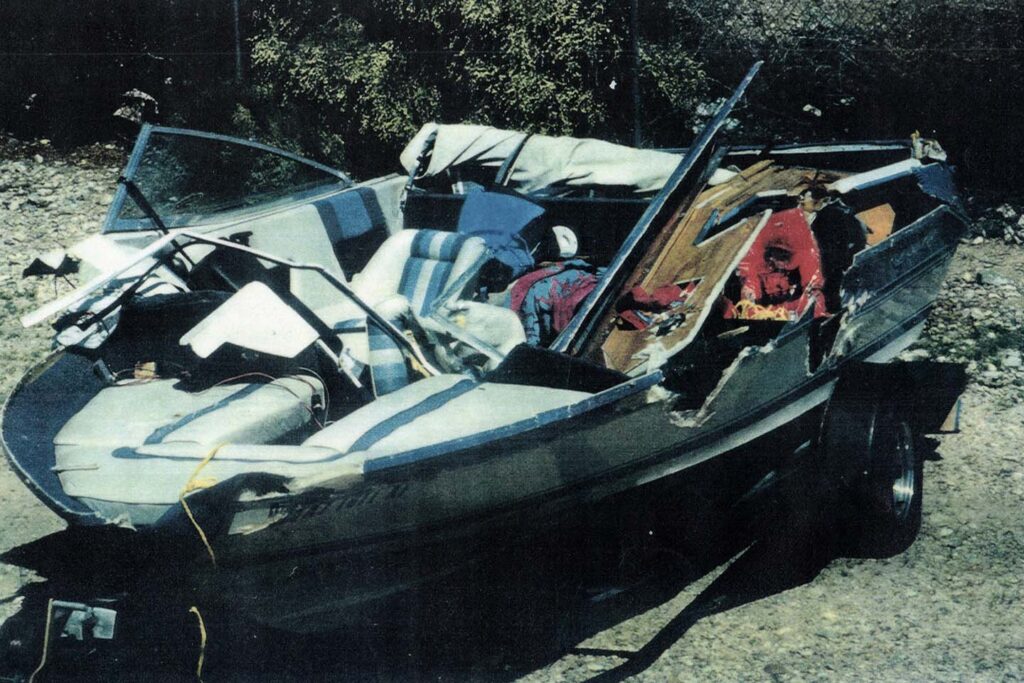If you are a Coxswain or Instructor teaching NAVRULES, you will want to be familiar with Farwell’s Rules of the Nautical Road, as it is the most authoritative book on the interpretations of the Navigation Rules and is based on case law. Published by the U.S. Naval Institute Press (9 th Edition 2020), I refer to the Preface:
To help the mariner better understand how the rules are actually being interpreted and applied, this edition updates the judicial decisions relied on in earlier editions, as well as relevant decisions by the U.S. Coast Guard in administrative actions against licensed mariners, and casualty investigations by the U.S. Coast Guard, National Transportation Safety Board, and their equivalents in Australia, Canada, and the United Kingdom.
Here are a few of my favorite excerpts from Farwell’s on overtaking that you may not be aware of but should be if teaching overtaking situations.
- Notwithstanding anything contained in Rules 4 through 18, any vessel overtaking any other shall keep out of the way of the vessel being overtaken.
- A vessel shall be deemed to be overtaking when coming up with another vessel from a direction more than 22.5 degrees abaft her beam: that is, in such a position with reference to the vessel she is overtaking, that at night she would be able to see only the sternlight of that vessel but neither of her sidelights.
- When a vessel is in any doubt as to whether she is overtaking another, she shall assume that this is the case and act accordingly.
- Any subsequent alteration of the bearing between the two vessels shall not make the overtaking
vessel a crossing vessel within the meaning of these Rules or relieve her of the duty of keeping
clear of the overtaken vessel until she is finally past and clear.
These first two excerpts explain that overtaking is done by choice:
“Prudence is called for in deciding whether to overtake another vessel or to agree to be overtaken, as well as in when and how to accomplish it.” Page 342
And that extra burden of responsibility, taken by choice, is because of the three reasons stated below:
“The rationale for placing the burden of avoiding collision in overtaking situations on the overtaking vessel is three-fold: the decision by one vessel to overtake another is a matter of choice; the overtaking vessel’s greater speed is thought to provide her more maneuvering options than the overtaken slower vessel, and the overtaking vessel’s relative position provides her with the superior visual picture from which to detect the vessel ahead, assess the situation, and ensure any maneuver results in passing at a safe distance.” Page 318
The overtaking vessel also must consider that the vessel being overtaken may have an unforeseen problem resulting in an unexpected change of course and take that possibility into account as well:
“Collision reporters provide ample evidence that any overtaking vessel must also take into account the risk that one of the ships might suffer a human or mechanical failure while the ships are alongside.” Page 334
The bottom line is that:
“The overtaking vessel must ensure she passes at a safe distance and is ever mindful of the risks of interaction.” Page 328
“The overtaking vessel may be faulted for attempting to pass at an unsafe speed, in an unsuitable place, or while the vessel ahead is meeting or passing another vessel. She must anticipate turns and hazards in the channel that may require the overtaken vessel to maneuver, and she must make allowance for those maneuvers. She may also be faulted for passing so close that interaction causes the vessels to collide.” Page 334
“The most common causes of overtaking collisions are conflicting actions arising out of ambiguous situations, complacency in watchkeeping, passing too close or with so much speed that interaction sends one or both vessels into a sheer, or the overtaking vessel cuts in too close ahead of the overtaken vessel.” Page 343
As said in a very old case: “The approaching vessel, when she has command of her movement, takes upon herself the peril of determining whether a safe passage remains for her beside the one preceding her, and must bear the consequences of misjudgment in that respect.” Page 342
To summarize, one of the most important considerations in safely operating a boat while approaching another is to have in your mind the expectation that the other vessel may change course and create a risk of collision – for any reason – and to maintain a safe enough distance to avoid that risk of becoming a reality, i.e., by using defensive driving techniques.
By having a more thorough understanding of these interpretations of the rules you will be able to better articulate the nuances of the Rules to your students.
